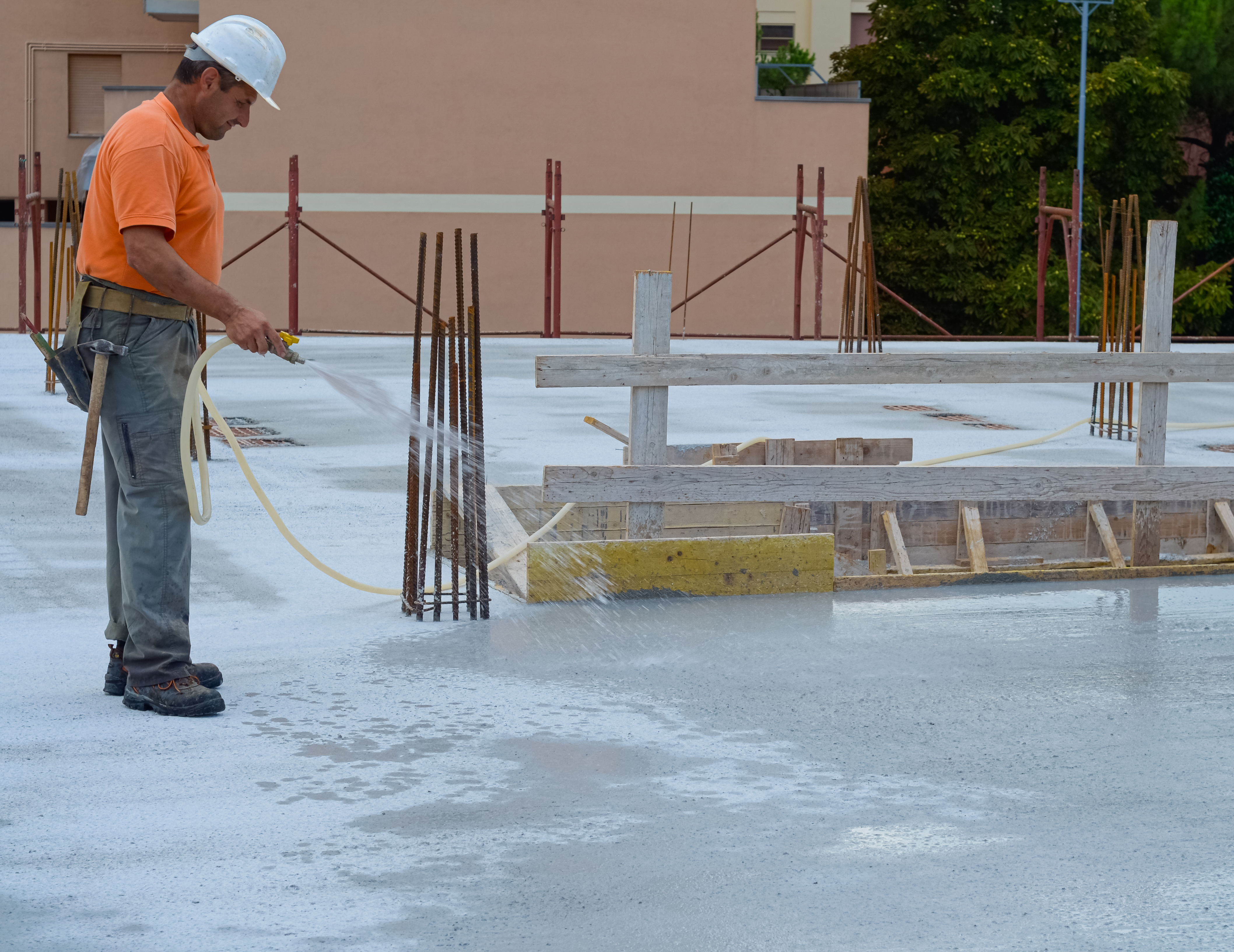
Importance of curing concrete - Part 1
Date : 2024-02-03
Curing is the process of maintaining satisfactory temperature and moisture conditions in concrete long enough for hydration to develop the desired concrete properties Need for curing: Even if the amount of water initially incorporated into the concrete as mixing water will sustain sufficient hydration to develop the desired properties for a given concrete mixture, curing measures are still required to ensure that this water remains in the concrete until desired properties are achieved. Concrete mixtures with a w/ cm less than approximately 0.50 and sealed against loss of moisture cannot develop their full potential hydration due to lack of water; such mixtures would therefore benefit from externally applied curing water (Powers 1948). The potential strength and durability of concrete will be fully developed only if the concrete is properly cured. Good curing usually requires keeping the concrete moist and above 10°C until it becomes strong enough to do its job. Improper curing can cut the strength of even the best concrete by as much as 50%. Specified curing measures must begin as soon as finishing operations are complete, and continue for the time specified in contract documents or until the concrete has developed the desired strength and durability characteristics. To reach its highest strength, concrete must be kept moist for as long as possible. Normally, when concrete is placed, it contains more water than necessary for proper hydration of cementitious materials. Evaporation, however, may reduce the retained water to below what is needed for the development of desired properties. We can prevent excessive evaporation either by keeping the concrete moist or by retaining the water already in the concrete. Curing is critical for high-strength concretes, particularly those containing silica fume. Remember that curing depends on three factors: • Moisture • Temperature • Time
